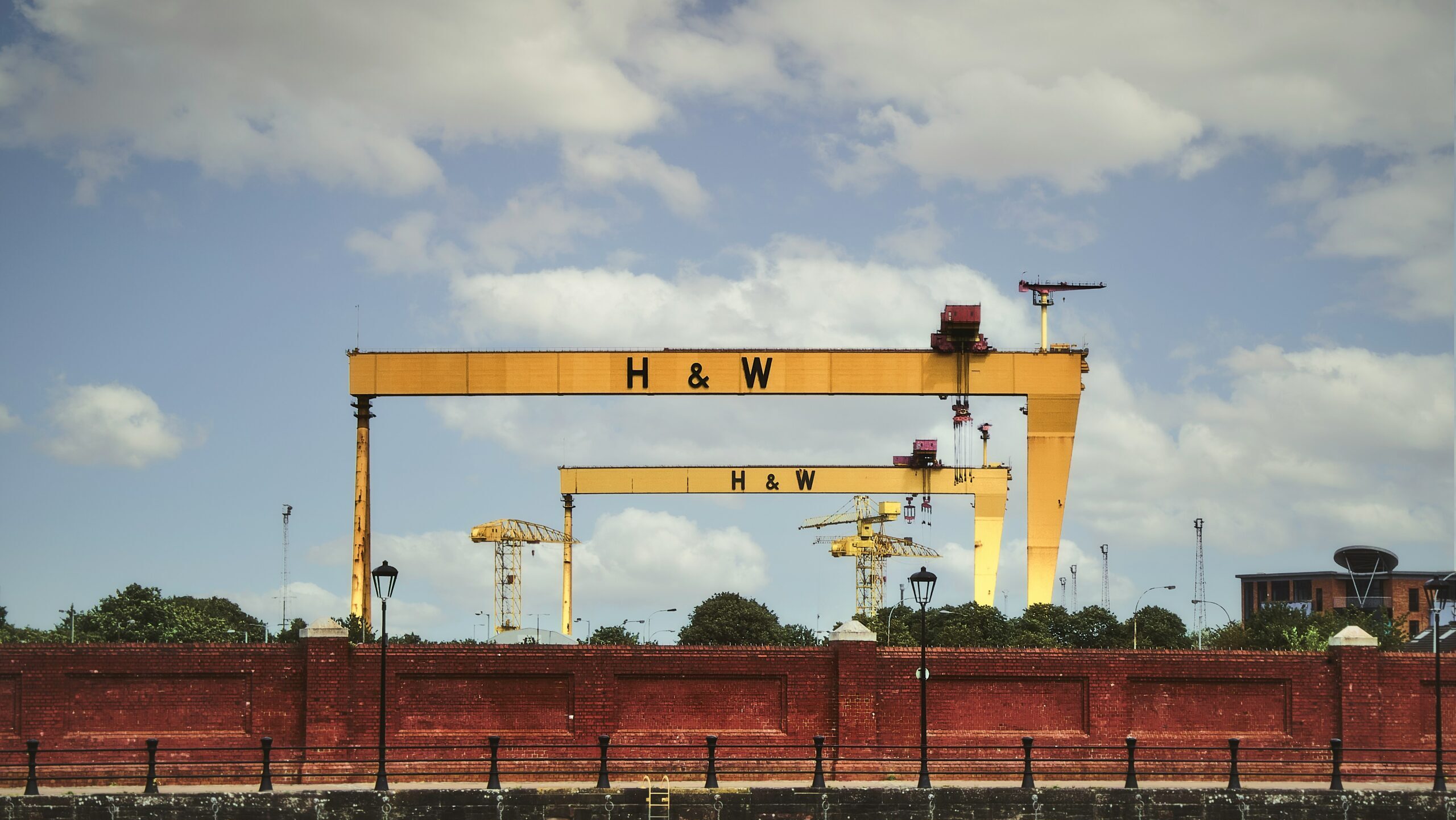On 10 April 1998, Northern Ireland achieved peace. The conflict between the British, Nationalist-Republicans, and Loyalists-Unionists had persisted for decades, since 1968, costing the lives of over 3,500 people and injuring more than 40,000 – mostly innocent civilians, according to CAIN archives. Yet, after the United Kingdom and the Republic of Ireland signed the 1998 agreement, the death toll has dropped significantly, with ‘158 security-related deaths’ in Northern Ireland between 1998 and 2018. While in many areas security walls remain and gates dividing communities close at night, the public spaces have been demilitarised. One could easily walk around Belfast without knowing about the city’s recent, violent past. Nevertheless, when visiting Northern Ireland, one is likely to hear quite often how ‘fragile the peace is.’
The first area of contention, which the regular visitor is not likely to encounter, is the conflict about what language to use. Before any specific word or term is discussed, to speak either Irish or English is, to a large extent, already to take a stance. If someone speaks or writes in Irish, for example, they are most likely Nationalist-Republicans, especially since many Protestant, pro-English schools do not teach the language at all.
When speaking to people in Belfast, one will probably encounter significantly different words, sentiments and stories about the past and present. Many outsiders navigate this minefield with a most basic map of words to avoid. First, the country’s name, ‘Northern Ireland’, which was given by the UK, would be contested. Nationalist-Republicans would refer to it as ‘north of Ireland’ or simply ‘the north’. Second, Nationalist-Republicans would not call the conflict ‘The Troubles.’ They discuss it as a centuries-long decolonisation struggle that has been going on since Henry II conquered Ireland in 1167.
Advancing in the conversation, you would inevitably discuss the violence of the second half of the twentieth century. Often, both Nationalist-Republicans (their most famous group was the IRA – Irish Republican Army) and Loyalists-Unionists would see themselves as the ones fighting for justice and freedom, and the other side as terrorists. However, former British soldiers or members of the former police force discuss it differently. If you meet them, you are quite likely to hear that both the Nationalist-Republicans and Loyalists-Unionists were brutal terrorists; yet often they would mention the IRA was worse. (A study has found that the IRA and other republican groups are responsible for the majority of deaths in the conflict).
These differences are not likely to surprise many – after all, ‘one man’s freedom fighter is another’s terrorist’. But the differences run far deeper than who (if anyone) is defined as a terrorist. The general tone in people’s voices and the way they discuss the violence tells you a lot about their identity. During my short visit earlier this year, many believed violence brought peace, and it was the only thing that made the British government listen and the public ready to let go of the divisions. Moreover, many admitted that they had not changed their views about the conflict since it ended. This aligns with polling from recent years, which shows that nearly 70% of Nationalist-Republican voters in Northern Ireland agreed that there was ‘no alternative to the IRA campaign’, and only a quarter disagreed.
And finally, even when it comes to the peace agreement, differences in language and ideas prevail. The agreement is better known as the ‘Good Friday Agreement’, a term less likely to be used by Loyalists-Unionists. They would call it the ‘Belfast Agreement’, which has a weaker religious connotation. Additionally, peace is discussed in the language of winners and losers – who made whom surrender, who gained more, and who is better off now. In Northern Ireland, Nationalist-Republicans are often perceived as the victors of the conflict, with Sinn Féin’s recent victory seen as proof of this, and Loyalists-Unionists and Britain as the losers. Many think the Blair government surrendered to terrorists, especially to the IRA, and some feel left behind or abandoned. In Northern Ireland, then, even in peace there exist competitive narratives that frame winners and losers.
Though guns have been mostly silent in Northern Ireland for twenty-six years, the conflict continues in new forms. Weapons were stored away, but words gained more power. As long as language divisions persist, therefore, peace and reconciliation in the region will not be truly achieved. This leads us to confront an enduring, yet urgent, question: can language be reconciled after conflict, and if so, how?

